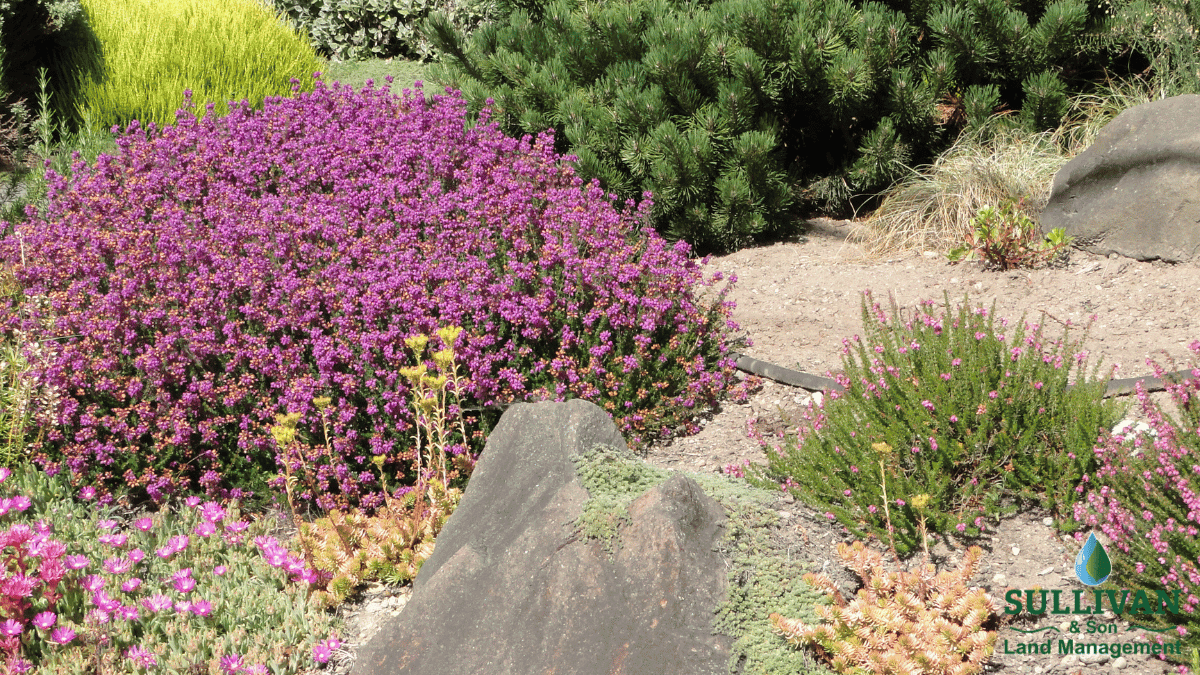Are you looking to transform your outdoor space into a vibrant and visually appealing haven? Incorporating color theory into your landscape design can work wonders in achieving a harmonious and inviting environment. Whether you're a gardening novice or a seasoned enthusiast, understanding the basics of color theory can elevate your outdoor aesthetics to new heights.
Understanding the Basics
Color theory is the science and art of using color to evoke emotions and create visual harmony. It's based on the color wheel, which consists of primary, secondary, and tertiary colors. Primary colors (red, blue, and yellow) are the building blocks of all other colors. Secondary colors (orange, green, and purple) are created by mixing two primary colors, while tertiary colors are achieved by mixing a primary and a secondary color.
Creating Harmony
When designing your landscape, it's essential to consider the principles of color harmony. One popular method is using complementary colors, which are located opposite each other on the color wheel. Pairing complementary colors, such as blue and orange or red and green, creates a vibrant and visually striking contrast.
Analogous colors, on the other hand, are located next to each other on the color wheel and create a more subtle and harmonious effect. For example, combining shades of green and yellow or blue and purple can evoke a sense of tranquility and cohesion in your outdoor space.
Adding Depth and Contrast
Incorporating neutral colors such as white, black, and gray can add depth and contrast to your landscape design. These colors act as a backdrop, allowing vibrant hues to pop and stand out. Consider using white flowers or gray stone pathways to enhance the visual appeal of your garden beds and walkways.
Considering Context
When selecting colors for your landscape design, it's essential to consider the surrounding environment and architectural features. Take note of existing elements such as the color of your home, fences, and neighboring landscapes. Choosing colors that complement rather than clash with these elements will ensure a cohesive and polished look.
Experimenting with Texture and Form
In addition to color, texture and form play a significant role in landscape design. Incorporating a variety of plants with different leaf shapes and textures can add visual interest and dimension to your outdoor space. Consider mixing grasses, shrubs, and perennials to create a dynamic and engaging landscape.
Conclusion
By incorporating color theory into your landscape design, you can create an outdoor space that is not only visually stunning but also harmonious and inviting. Whether you prefer bold and vibrant hues or soft and subtle tones, understanding the principles of color theory will empower you to design a landscape that reflects your personal style and enhances your enjoyment of outdoor living.
Ready to bring your landscape design ideas to life? Visit Sullivan & Sons Land Management's page to learn more about our landscape construction services and how we can help you achieve your vision: Sullivan & Sons Land Management.




